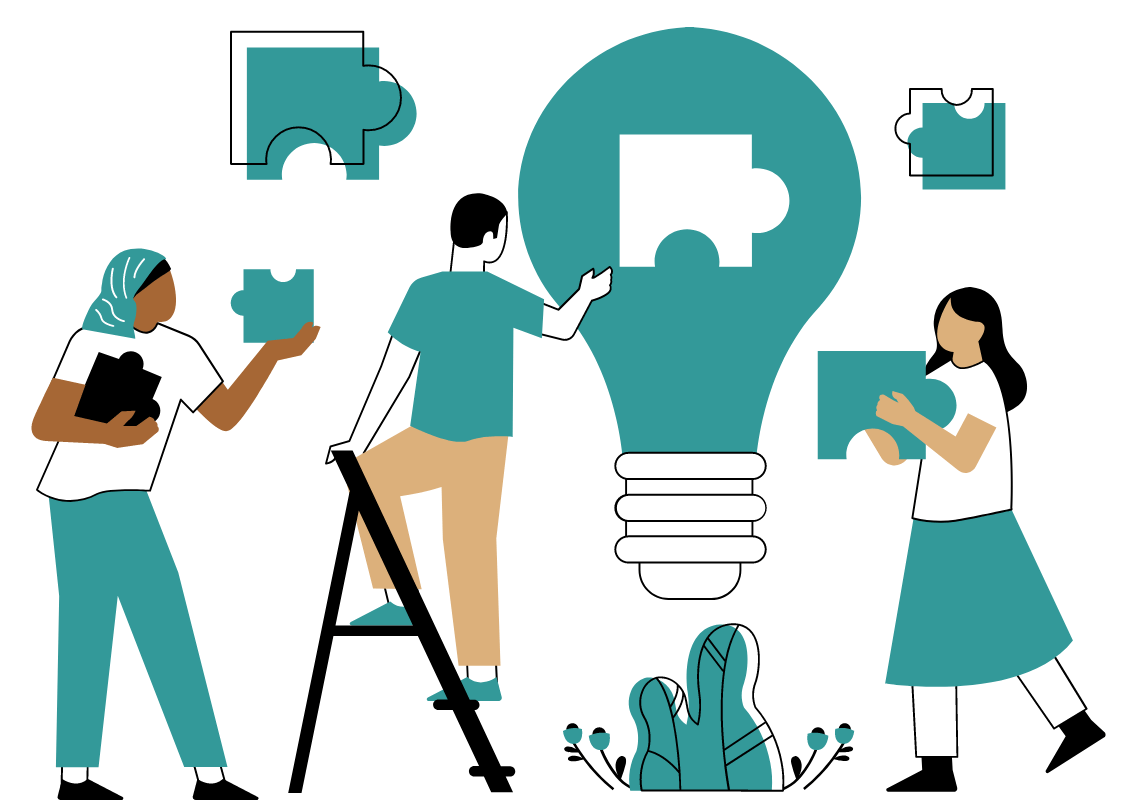3 Hiring Keys to Gain More Creative and Effective Team Members

The modern interview process needs a revamp.
With the Great Resignation , the Great Regret, the Great Hesitation , and other so-called great recruiting woes the past year has seen, companies and recruiters looking to hire are feeling the pressure. As a result, finding the right candidate is more challenging than ever. Luckily, the key to gaining more creative and effective new hires lies within an age-old process: interviewing.
No matter how long someone has been in the workforce, they probably agree the interview process has remained mostly unchanged since they secured their first job. The most drastic change has been the rise of virtual interviews due to the pandemic. In most cases, there is a screening call, followed by an in-person or virtual interview with the hiring manager.
Depending on the company’s size, there may be a few additional rounds of interviews, with the candidate giving the same practiced answers in each. Companies must revise this rote process for hiring effective and creative candidates.
The interview process needs to change sooner rather than later. Hiring managers can start by researching candidates, involving current employees, and moving the interview outside the office.
1. Get To Know the Candidate (And Keep Them on Their Toes)
When preparing to interview a candidate, do your research. Proper research goes beyond a quick LinkedIn search or seeing where a candidate went to school. Deep dives into the candidate’s interests, for example, may spark interesting connections or conversation points during the interview process.
Candidates are often encouraged to research the company and conduct due diligence on their interviewer, and those hosting the interview should do the same. When striving to hire more effective candidates, it’s essential to gauge what kind of research a candidate has done offline. If the interviewee does good research before receiving an offer letter, they will go the extra mile in their career.
Keep in mind that candidates are likely applying for multiple jobs and — hopefully, for them — doing numerous interviews. This means the candidates have answered the same handful of questions several times and may be going through the interview motions. Like journalists interviewing their subject, interviewers need to throw candidates a few softball questions before slowly ramping up to more profound questions.
Interviewers don’t need to feel as though they are reinventing the wheel. Still, something as simple as rephrasing a standard question can give a better look into who the candidate is and if they will succeed in the company.
One example would be rephrasing the common question, “Tell me about a time when you saw a problem at work and what you did to make the job more interesting.” Unfortunately, the way this question is worded gives away the answer: how did the candidate fix the problem? Instead, phrase the question as, “Could you tell me about a time when you noticed a problem at work?” This does not lead the interviewee to a particular response and may push the candidate to be more creative.
2. Involve Current Employees
There’s nothing worse than hiring “the perfect candidate” and having them ultimately clash with company culture. To circumvent this common problem, it’s essential to use the best resource for culture knowledge that a company has: current employees. Individuals spend one-third of their life at work with people they like. Involving current employees in the interview process can be as simple as having a tenured staff member tour the office or get coffee with a candidate before the interview starts.
The informal conversations between an employee and a possible new hire may encourage candidates to open up more naturally. This creates a better understanding of who the candidate is and how they interact with their colleagues. This process can also save time for all involved. Candidates on the brink of being hired and receiving a positive review from current employees could quickly move to the “hire” category. Since people spendone-third of their life at work, which might as well be with people they like.
3. Get Coffee or Grab Lunch
Colleagues grab coffee or lunch all the time. So why not have a coffee or lunch interview?
While this idea may seem novel, it can be very effective. Not only will the interviewer better understand how a candidate behaves outside the office — even if the interview goes poorly, they will get a meal.
Going to a coffee shop or restaurant gives interviewers a deeper look into how the candidate treats people helping them. For example, will the candidate say, “Thank you,” or will they ignore the wait staff and baristas? Do they practice table manners that are helpful around clients? And do they present themselves in a way that is publicly acceptable to the company?
Adventuring outside the office for an interview may reveal a lot about a candidate and should therefore be considered by more recruiters and hiring managers. Of course, coffee or lunch interviews will look different for every company. For example, if there’s a local coffee shop that everyone in the office likes, host coffee interviews there.
Hiring managers should always strive to find the best candidates possible. In today’s hiring environment, that necessitates thinking outside of the box. The stereotypical stuffy interview process isn’t cutting it anymore as a workforce. That’s why asking tactical questions, involving current employees in the process, and taking the interview outside the office are all solid tactics in determining if the candidate will be the right fit.
Of course, hiring the best people for the job will take a lot of work. But that’s the only more reason why recruiters and hiring managers should try new things in the hiring process.
If you’re still struggling to find the right employees for your business, Recruiter.com may be able to help you out. Contact us today to learn more about our recruiting solutions.
Matt Thomas is the president of WorkSmart Systems .

